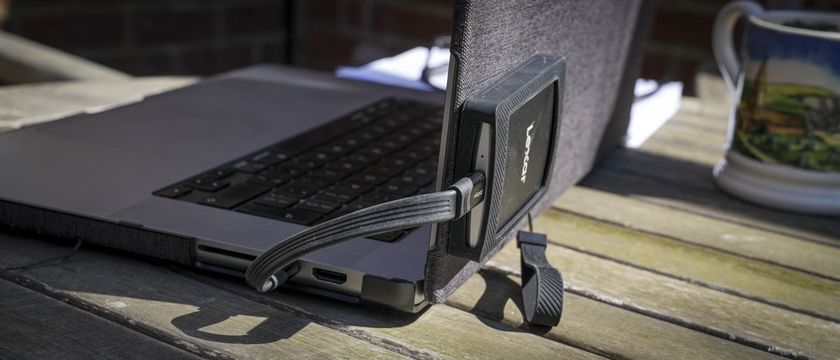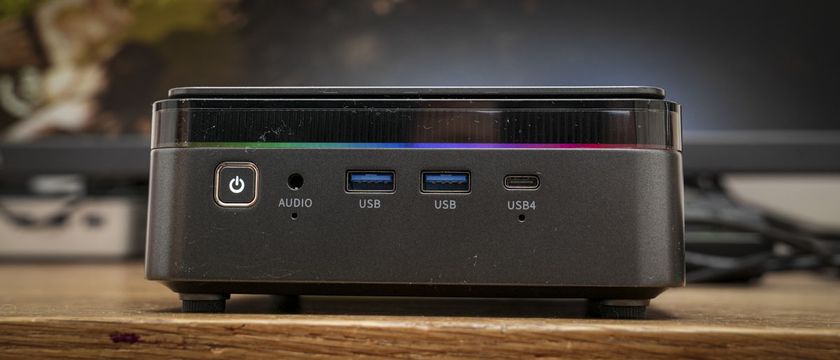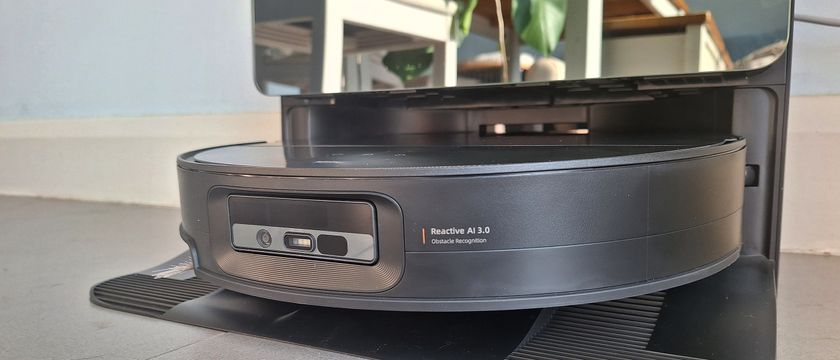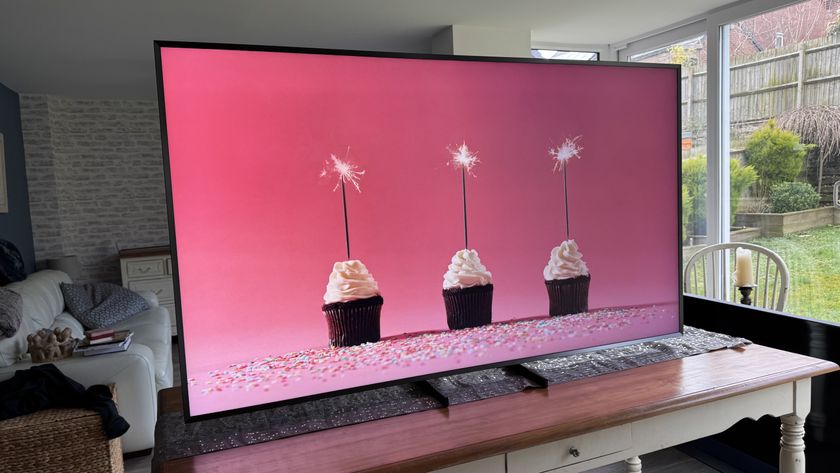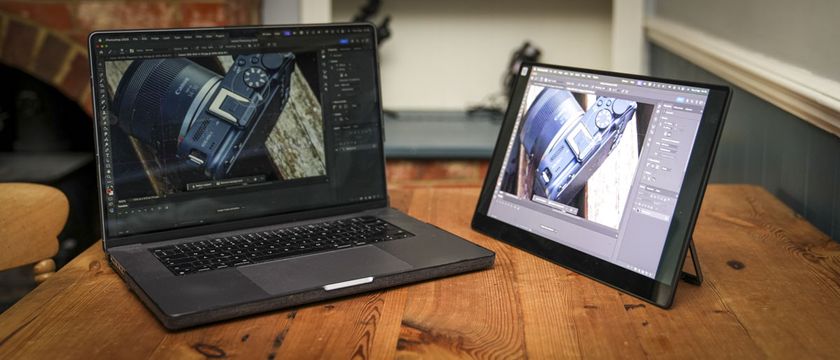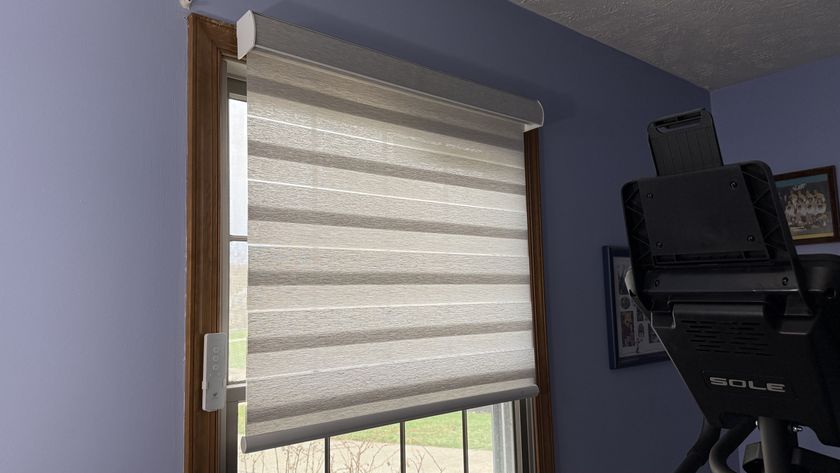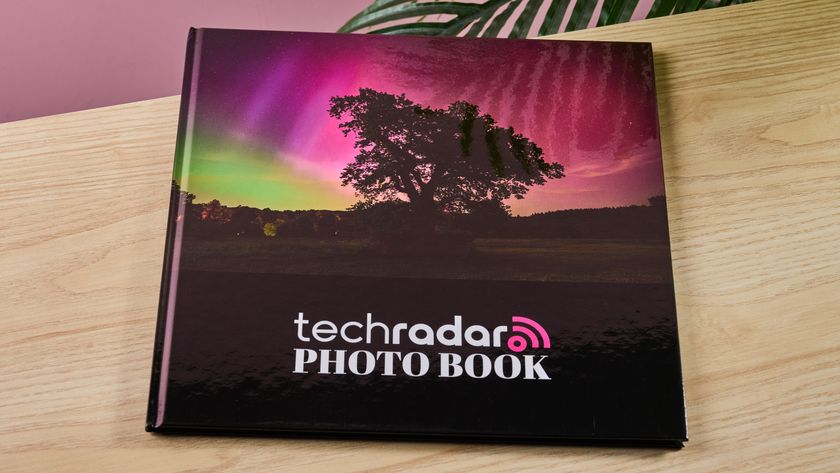TechRadar Verdict
The Sony FE 70-200mm f/2.8 GM OSS II is an impressive upgrade on its predecessor in terms of overall image quality, speed of autofocus and, most impressively, the massive reduction in weight of 435g. This makes it the lightest lens of its kind currently available. As a workhorse lens, it will undoubtedly be a hit with professionals, though that does mean it comes with a hefty price tag.
Pros
- +
Excellent levels of sharpness
- +
Lightweight for this type of lens
- +
Fast and positive autofocus
Cons
- -
Vignetting at f/2.8
- -
Larger than the FE 70-200mm f/4
- -
Expensive
Why you can trust TechRadar
Two-minute review
The 70-200mm f/2.8 lens is both a classic and one of the most popular focal ranges available. Aimed at and used by a wide range of photographers, this kind of optic is colloquially known as a ‘workhorse’ lens due to its popularity and usefulness, so any new version is always of interest to photographers who shoot anything from portraits to events, wildlife and sports.
Any release of a new Sony G Master lens promises excellent image quality and features to match, and with the Sony FE 70-200mm F2.8 GM OSS II we see some significant upgrades over its predecessor. Collectively, these produce a much more well-rounded lens that’s aimed at shooting both stills and video.
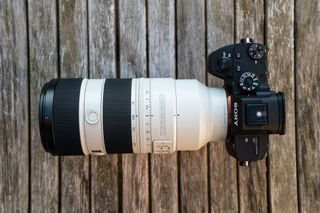
What’s more, Sony has managed to significantly reduce the weight of the FE 70-200mm F2.8 GM OSS II to make it more comfortable to use for long periods, as well as balance more effectively with Sony Alpha full-frame bodies without a grip attached. This is a huge improvement that will undoubtedly be welcomed by photographers, but there’s so much more to be excited about.
Image quality overall is excellent, and autofocus is fast and positive thanks to Four high-thrust XD Linear Motors that are claimed to provide four times faster AF than the FE 70-200mm F2.8 GM OSS. In terms of design, the new lens looks similar to its predecessor, but features a manual aperture ring with a click switch to turn the aperture click on or off, which is perfect for videographers.
Price and availability
- Announced October 2021
- Costs $2,800 / £2,600 / AU$4,000
The FE 70-200mm F2.8 GM OSS II was announced in October 2021 and is available to buy now for $2,800 / £2,600 / AU$4,000. This is the first Sony G Master lens to receive an upgrade and the Mark II badge, and while the FE 70-200mm F2.8 GM OSS is still available for sale from retailers, it’s definitely worth paying more for the latest version if you’re in the market for a 70-200mm f/2.8 for your Sony E-Mount camera.
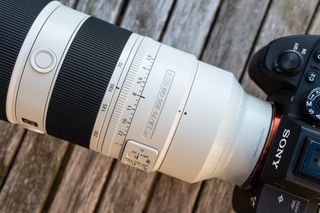
As with any premium G Master lens, the price tag is at a premium level. This will, of course, reduce slightly over time and the older version of the lens is likely to see some discounts over time, so Sony shooters should be able to find the right lens for their budget. Plus, there’s also the FE 70-200mm f/4 G OSS for those on a tighter budget or simply in need of a smaller and lighter 70-200mm without the need for the large maximum aperture.
Features
- Lightest 70-200mm f/2.8 lens
- Designed for stills and video
- Dust and moisture resistant
When it comes to lenses, talking about features can be tricky because they don’t always offer a great deal above and beyond image quality, focal length/range and maximum aperture. But with this lens, there’s simply too much to cover in detail here, so we’ll focus on the main points.
What’s most impressive is that the weight of the lens has been reduced to 1,045g compared to the older version at 1,480g (without the tripod mount). Not only is this an admirable achievement considering the lenses are similar sizes, but it also makes the lens much more comfortable to carry and use for long periods.
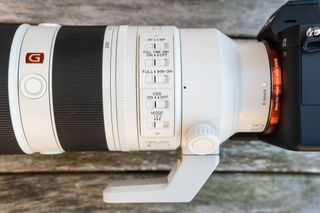
Other noteworthy features include an aperture ring that can be set to 'A' for camera control or used manually stepped or stepless for video. There's also an iris lock that holds the aperture at the 'A' setting for camera control or within the manual range, three Image stabilization modes for different situations, compatibility with 1.4x and 2.0x teleconverters, a minimum focus distance of 40-82cm, three customizable focus hold buttons and a dust and moisture-resistant build.
Additional features include a focus range limiter and a full-time Direct Manual Focus (DMF) switch, which allows you to override autofocus by turning the manual focus ring if AF picks up the wrong subject when it's set to 'on'. While useful, these features are pretty fundamental and to be expected on a lens of this type and cost.
Performance
- Fast and silent AF
- Three image stabilization modes
- Internal zoom mechanism
In terms of design, the FE 70-200mm F2.8 GM OSS II features the standard white body of Sony’s telephoto lenses and an internal zoom mechanism which means the lens remains a single size.
The fluorine-coated front element, to repel water and oil, is also fixed during focusing, allowing the use of filters. The lens is made up of 17 elements in 14 groups with two spherical elements that use extra-low dispersion glass alongside two that use Super ED glass that’s aimed at reducing chromatic aberration.
The focus ring sits at the front of the lens with the zoom ring in the centre, while the aperture ring sits between this and the tripod collar. All rings provide smooth operation with just enough resistance to avoid jolty movements that would show when you're pulling focus or zooming while shooting video, for instance.



Autofocus is a key feature of the lens and the four high-thrust XD Linear Motors do a fantastic job of quickly and silently locking onto both static and moving subjects when single shot and continuous autofocus modes are selected in-camera. So, while most videographers focus manually, they can be confident that on occasions where they require AF to track moving subjects, the silent motors are unlikely to be picked up by the camera’s in-built mic or an external on-camera mic.
Additionally, for moving subjects or situations where the shutter speed is too slow to support the lens, image stabilization offers three modes; '1' is for standard shooting at slower shutter speeds, '2' is for panning and '3' is for shooting subjects with unpredictable movement. All work well, although mode '3' is much less effective for panning than mode '2', which is unsurprising considering their intended applications.
Image quality
- Excellent sharpness and detail
- Vignetting wide open
- Pleasing bokeh
As a lens favored by a wide range of photographers including wildlife, portrait, sports, landscape and events, image quality is clearly an important factor – and the 70-200mm certainly doesn’t disappoint in this area. It’s not perfect, no lens is, but the level of overall image sharpness throughout the focal range and between f/2.8 to f/11 is impressive.




At f/2.8 there’s some fairly heavy vignetting that drastically reduces at f/4 with mild, practically unnoticeable, vignetting at f/5.6. This disappears completely by f/8.
In terms of sharpness, f/2.8 is beautifully sharp, even in the corners, and this increases incrementally as you stop down, with the sweet spot of the lens at f/8. Things are also nice and sharp at f/11, but by f/16 diffraction kicks into play and overall sharpness drops dramatically.
Still, most photographers would rarely shoot at f/16 or above with a 70-200mm lens, so for the vast majority of potential buyers this won’t present a problem.
There’s also a small amount of fringing when the aperture is set to f/2.8 at 70mm when shooting at the minimum focusing distance of 40cm. But in other situations, no fringing or chromatic aberration were visible in the test images so excellent in this area overall. Plus, the fringing and vignetting can be easily removed during post-processing, although the vignetting can be aesthetically pleasing in some situations.




To test focus breathing, woodland images were focus stacked and then merged in Photoshop. The results showed that there is some breathing but the amount of blur from the edges of the merged image was minimal, so only a small area at the edges needed to be cropped out. This is far from a scientific test, but it does indicate how much a lens breathes and it’s safe to say that it’s not by much in this case.
Should I buy the Sony FE 70-200mm F2.8 GM OSS II?
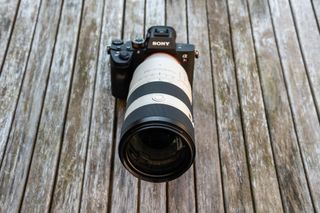
Buy it if...
You don't have a 70-200mm f/2.8 lens
If you don’t already own the FE 70-200mm f/2.8 GM OSS, the FE 70-200mm f/2.8 GM OSS II makes perfect sense because of the vastly improved performance, improved image quality and the significant weight reduction.
You shoot video
If you’re a videographer in need of a 70-200mm lens in your kit bag, this lens is a no-brainer thanks to the multiple features aimed at video shooting including the stepped/stepless manual aperture ring, smooth focus ring and fast and silent AF.
You need fast autofocus
With four motors powering the AF system, autofocus is fast and positive when shooting stills or video of both static and moving subjects. Manual focus is also highly effective with no delay between turning the focus ring and focus changing, so great in both situations.
Don't buy it if...
You don’t need a super-fast lens
Some photographers, like those who mostly shoot landscapes, may not need an aperture as fast as f/2.8, so the excellent FE 70-200mm f/4 G OSS may be a better option. Not only is it less expensive, it’s also smaller and lighter than the FE 70-200mm f/2.8 GM OSS II.
You want to get close to distant subjects
The 70-200mm focal range is a medium telephoto, so if you’re aiming to capture more distant subjects, the FE 200-600mm f/5.6-6.3 G OSS or the FE 100-400mm G Master super-telephoto zoom lenses will be much more suitable for you.
You rarely use telephoto lenses
It goes without saying that you shouldn’t buy a lens if you don’t need it, but when a model offering such a high level of image quality and impressive professional features is released, it can be hard to resist. Consider how much you’d use it against the cost, and make a decision from there.
- Check out our guide to the best Sony lenses you can buy right now
James Abbott is a professional photographer and freelance photography journalist. He contributes articles about photography, cameras and drones to a wide range of magazines and websites where he applies a wealth of experience to testing the latest photographic tech. James is also the author of ‘The Digital Darkroom: The Definitive Guide to Photo Editing’.




